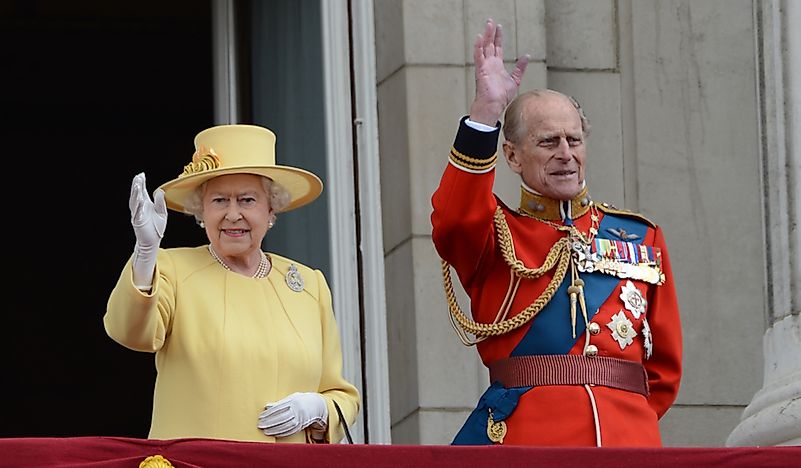Historically, kingdoms are ruled by kings and not queens. In Britain, there has always been a likelihood that a man will rule due to the primogeniture of favoring males over females regardless of who is older. The current monarch, Queen Elizabeth II, ascended to power on February 6
th, 1952, following the sudden death of her father King George VI. She reigns over the United Kingdom, UK territories, and the Commonwealth nations. In modern times, the duties of the monarch are largely ceremonial and diplomatic.
Origin of the Monarchy
The history of the monarchy traces back to the existence of small kingdoms of early Anglo-Saxon England and medieval Scotland. In the 10
th century, the minor kingdoms consolidated to form the Scotland and England kingdom. The kingdom gradually conquered other territories and by 1707, the Kingdom of Great Britain was created. In 1801, the kingdom became bigger with the joining of the Kingdom of Ireland. Although part of the monarchy seceded to form the Irish free state in the 1920s, the kingdom has remained steadfast.
Succession
Accession to the throne is governed by various statutes and only an Act of Parliament can alter the statutes. The immediate heir apparent takes over the throne upon the death of a sitting monarch. Accession council sits at St. James Palace and publicly proclaims the next ruler who is crowned by the Archbishop of Canterbury.
Restrictions to the Throne
Since the formation of the kingdom, there have been restrictions regarding accession to the throne based on either religion or gender. Traditionally a male was given preference over a female. A son ascends before a daughter and if the children are of the same gender then the elder inherits before the younger one. However, in 2011, Prime Minister David Cameron stated that gender-based preference was to be abolished for any child born after October 28, 2011. Another law that was abolished was the 1701 Act of Settlement which stated that one cannot succeed the throne if he or she is married to a Catholic.
Why Isn’t There a King of England?
If the immediate former monarch the Late King George V1 had a son, then he would have ascended to the throne making England have a king. However, King George V1 who reigned between December 11, 1936, and February 6, 1952, gave birth to only two daughters named Elizabeth and Margaret. The eldest daughter, Elizabeth, therefore took over as the monarch and is the current ruler. Though Elizabeth is married to Prince Philip, the law does not allow the husband to take the title of a king. The reason being Queen Elizabeth is queen regnant, having inherited the position thereby becoming a ruler in her own right.
Will There be a King in Britain in the Future?
Queen Elizabeth is currently the longest reigning British monarch having ascended to the throne in 1952. Upon the death of the queen, her firstborn, Charles, will take over the throne as long as he does not die before his mother or abdicate the position. The second born of the queen is a daughter named Ann. She and her descendants come after Charles and his descendants as heir to the throne. Charles gave birth to two sons, William who is now the second in line to accession to the throne and George.


0 comments:
Post a Comment